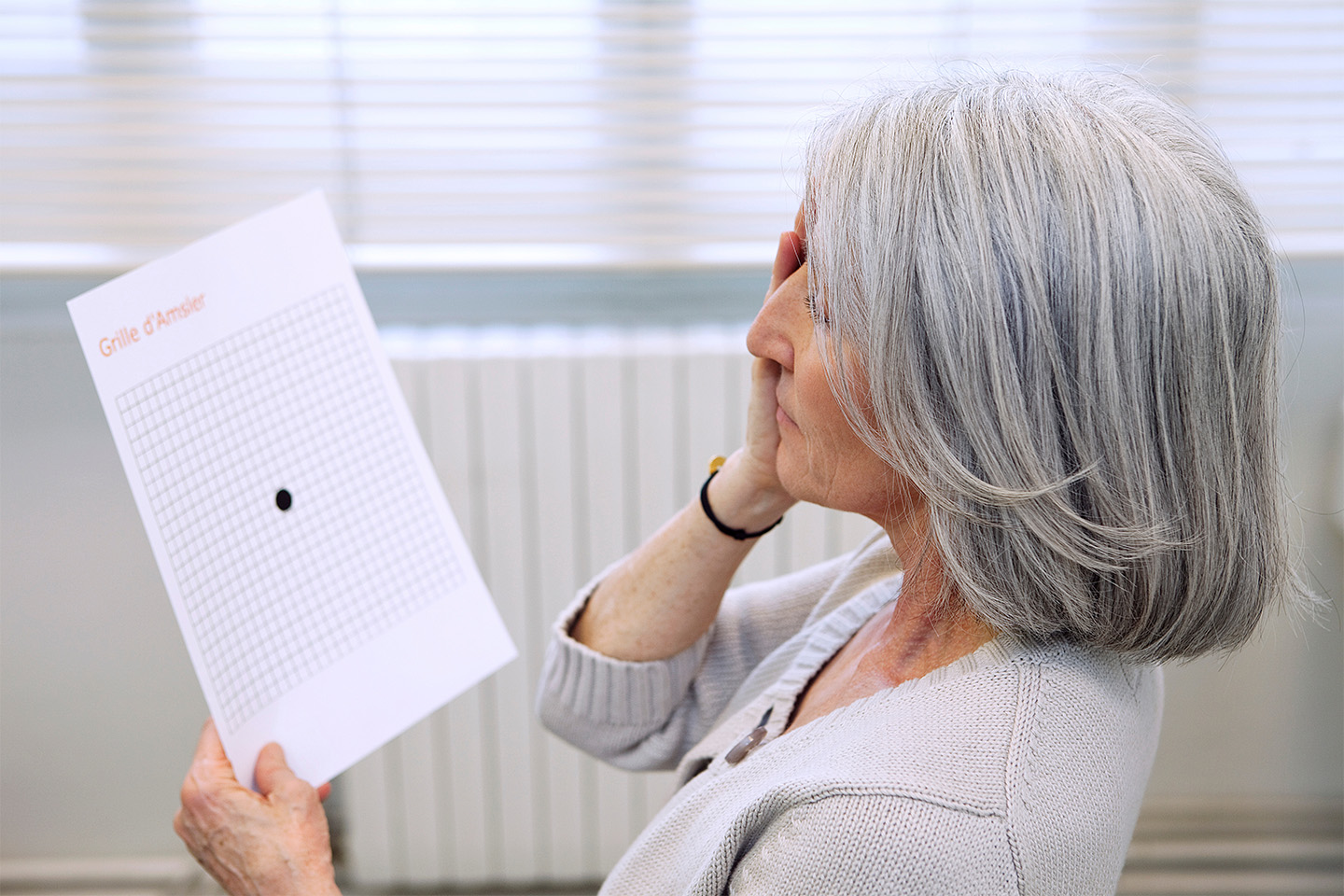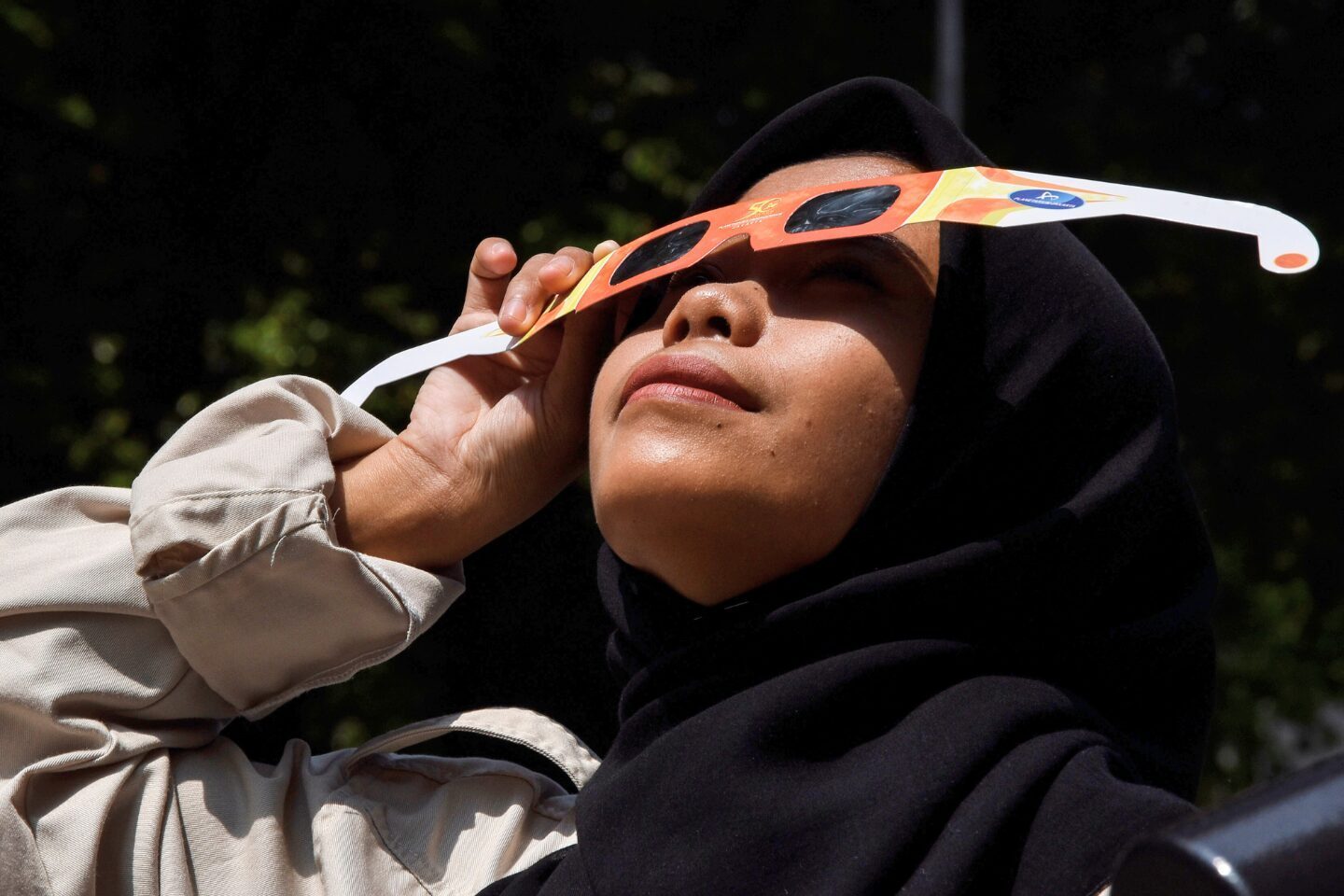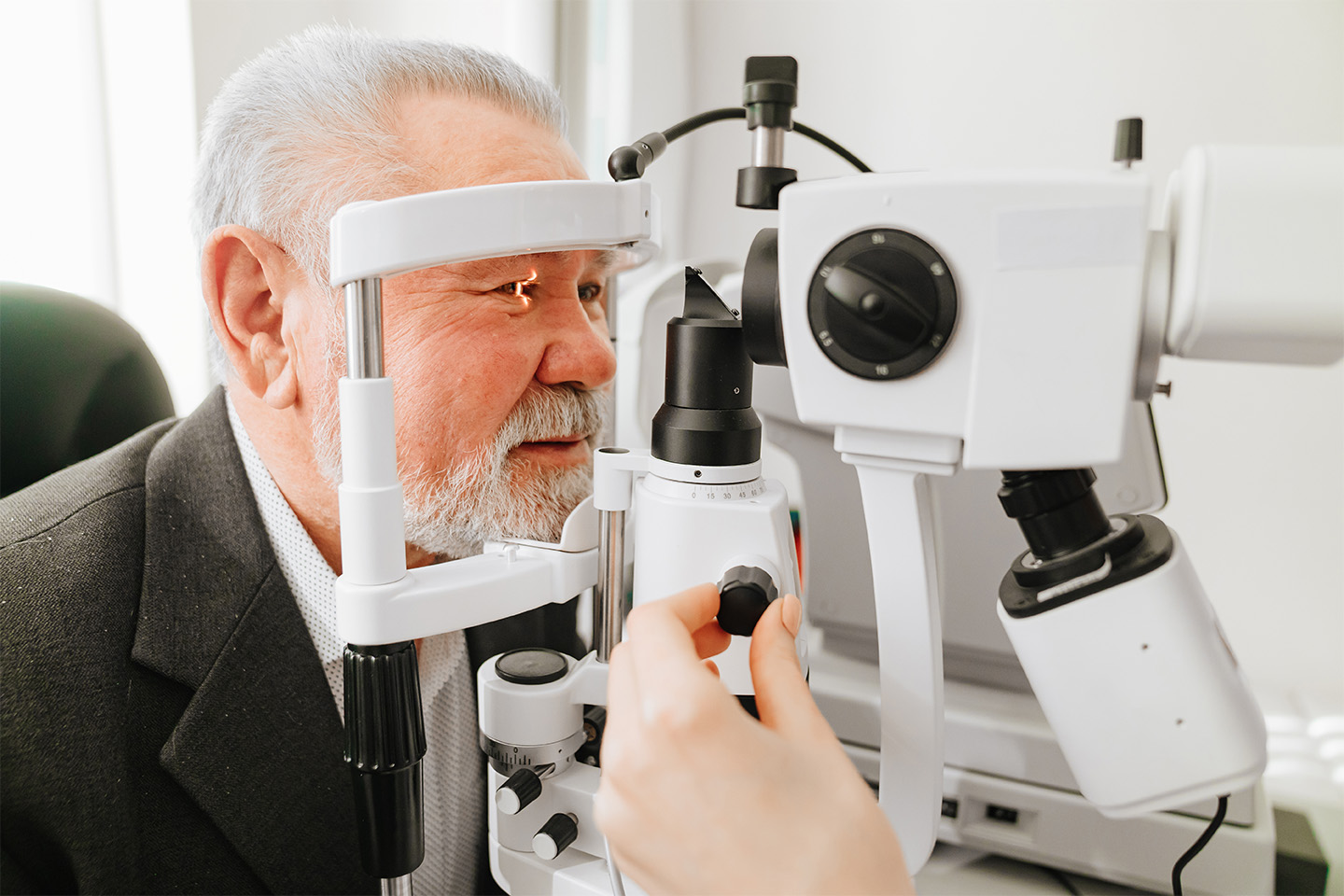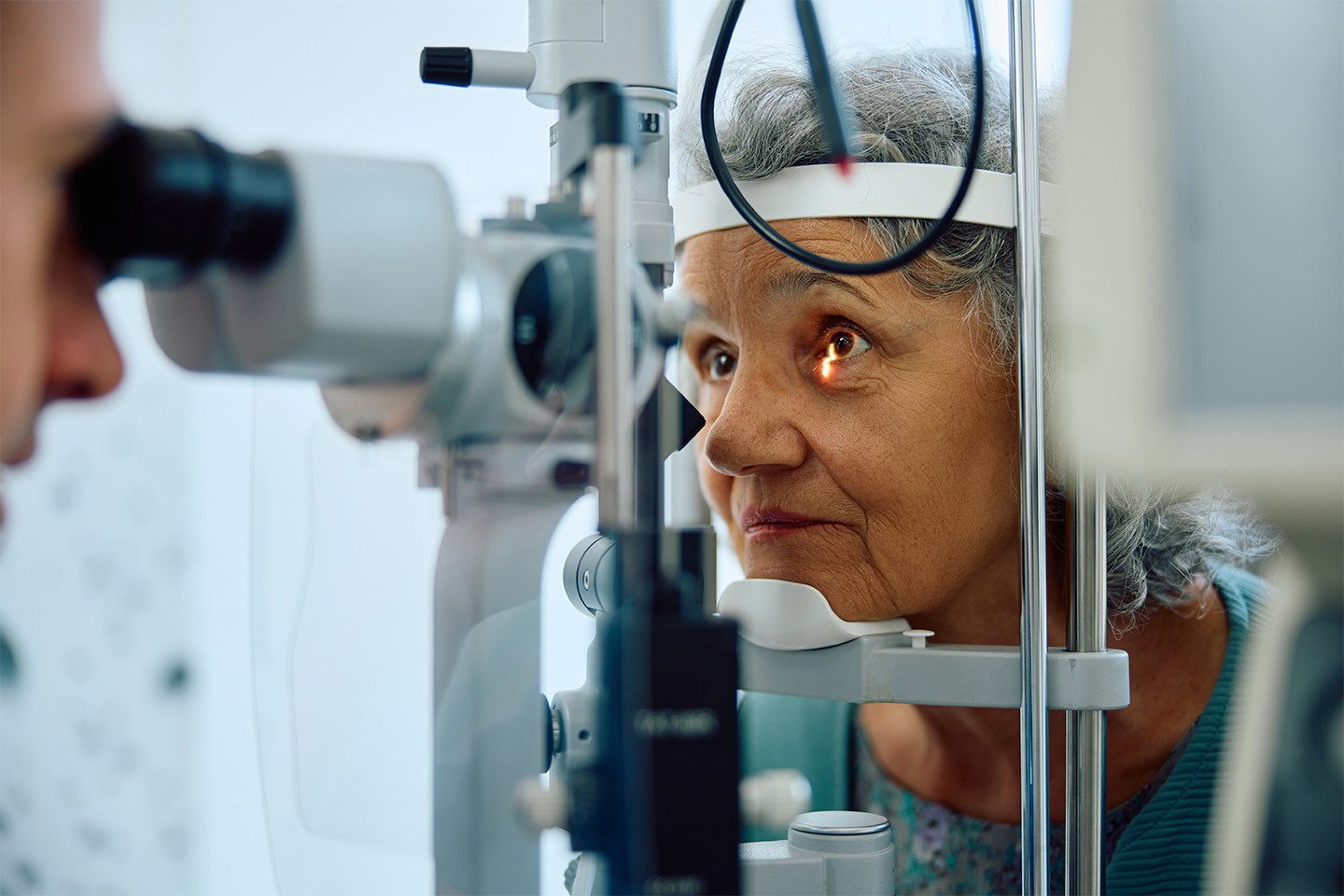The Effect of Light on Wakefulness and Productivity
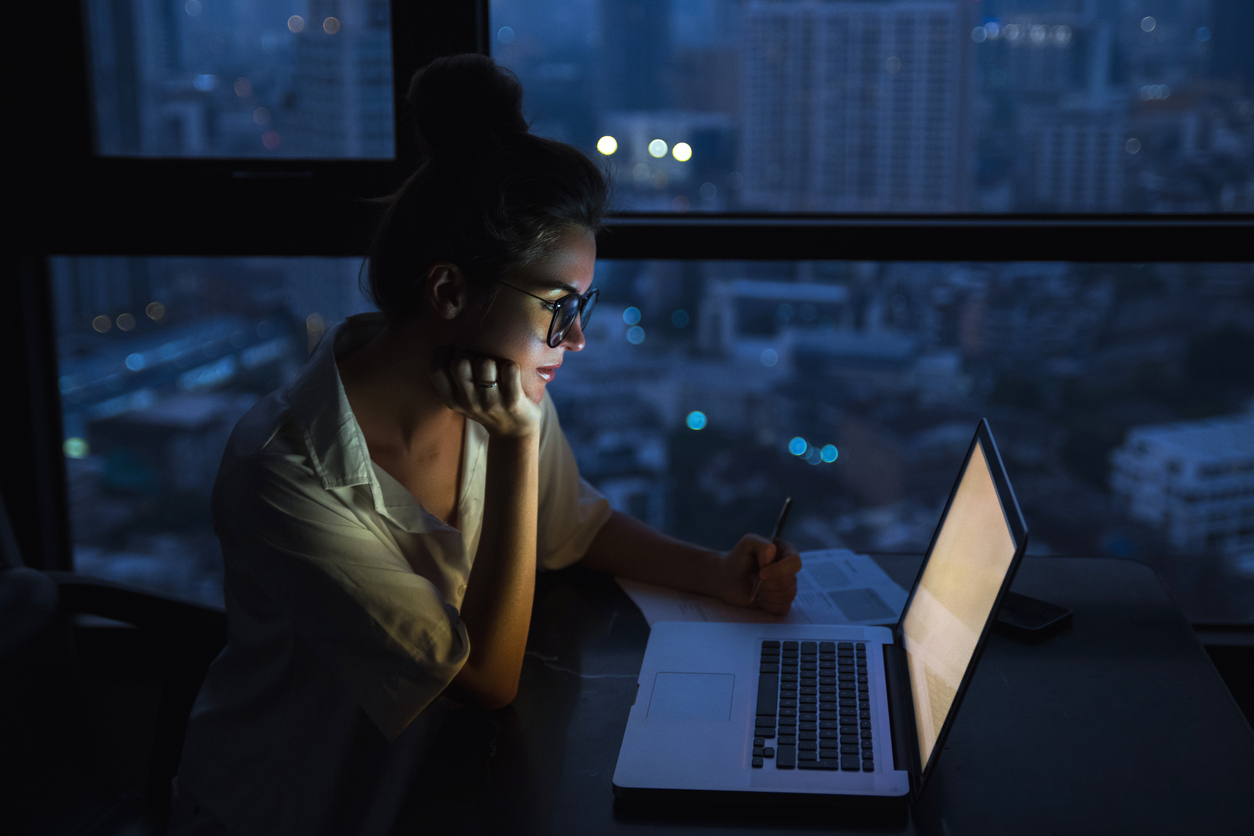
Find out which kind of lighting is best for productivity and overall eye health.
Studies have shown that the average worker is only productive for three to five hours out of an eight-hour workday — which isn’t much time at all. Yet since shorter workdays appear to be a long way away, many workers have turned to one of the 19,000 productivity apps on the market. Apps like RescueTime block the Internet on your device so you won’t give in to distractions, and some apps create special soundtracks to give your brain a boost.
Still, if you’re breaking your focus by toggling between dozens of apps a day, these technologies might be doing more harm than good. So what is the real key to productivity? It might be as simple as having the right lighting.
The Connection Between Light, Wakefulness, and Productivity
Blue light is a double-edged sword when it comes to productivity and wakefulness. Blue light has shorter wavelengths and more energy than the other colors our eyes can perceive, making it good for productivity, memory, and mood. The white light given off by electronic devices contains a lot of blue light and when we see it, our eyes send signals to our brain that it’s time to wake up and be alert.
However, blue light can also be damaging to your eyes. Spending too much time in front of a screen at work can cause digital eye strain. This often leads to headaches, dry eye, and soreness that makes it difficult to concentrate. Also, too much blue light before bed can upset your body’s circadian rhythm and make it harder to fall asleep. Even the best productivity apps can’t fight a sleepless night.
Your Office Lighting Might Be Making You Less Productive
Even if you have blue light shields on your devices or use dark mode, your office’s lighting concept could be hurting your ability to get the most out of your day. Office lighting often comes in two extreme varieties — dim or fluorescent — both of which are harmful to your eyes.
Dim lighting contains warmer tones that prime your body for comfort and relaxation, which is why you might feel drowsy and unmotivated if the lights in a room are too low. In addition to drowsiness, low lights in the workplace can also cause headaches and eyestrain. At the same time, harsh artificial lighting, which is much more common in workspaces, has similar side effects like headaches and light sensitivity.
The perfect blend of warm, comfortable lighting and bright, active lighting is natural sunlight. There’s a reason why the companies with the happiest workers have offices with lots of windows — natural light decreases depression, boosts energy, improves mood, and fosters alertness, no matter the time of day. Also, since natural light ebbs and flows as the workday goes on, your eyes get routine breaks that keep them comfortable.
Get To Work! (On Healthy Eye Habits)
If you want to boost your productivity at work, let the sunshine in. Looking for more eye care tips? Contact the eye care professionals at Kleiman Evangelista to set up an appointment. Our full-service practice is home to the best eye doctors in Texas — come see what they can do for you and your eyes.
Turn To The Top Eye Doctors In Texas
Check out one of our locations below for the best eye care near you:
